Whether you are a master at crappie fishing or just catch the occasional white or black crappie, they are exciting fish to catch as well as to eat.
But have you ever wondered how to tell the difference between the different species of crappie?
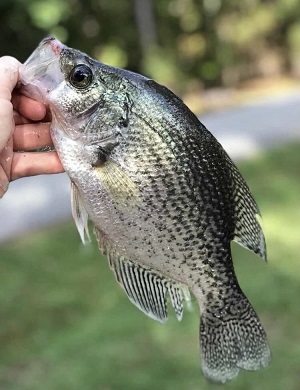
Quiz time: So, is this a white crappie or a black crappie? Keep reading so you can become a “crappie” identifier!
But first, there are actually seven different species of crappie:
- Triploid (Magnolia) crappie
- Gold crappie
- Stock hybrid crappie
- Natural hybrid crappie
- Black-nosed crappie
- White crappie
- Black crappie
The two types of crappie we will focus on in this article are black crappie and white crappie.
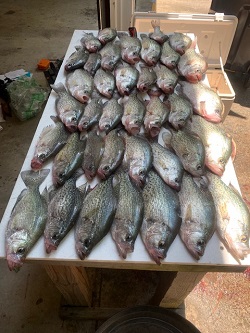
Crappie are considered by many as one of the tastiest fresh water fish. But, how do you tell white crappie from black crappie?
Basic Crappie Info
Before we explore the differences between white and black crappie, let’s take a look at some basic information about crappie.
Crappie are freshwater fish and are part of the sunfish family. They can be found in various waters in the US and Canada.
Crappie have a sustainable population due to the equilibrium that exists between their reproduction rate and the rate at which they are harvested each year.
Crappies love to eat smaller fish that exist in their habitat. When fishing for crappie, you can use a wide variety of baits, including minnows and jigs. Crappie are also even a favorite of those who ice fish.
Although crappies can be found in smaller schools by anglers, they are typically known to move in large schools.
Black and white crappie are similar in many ways, but there are some key differences that will help you differentiate between the two species.
-
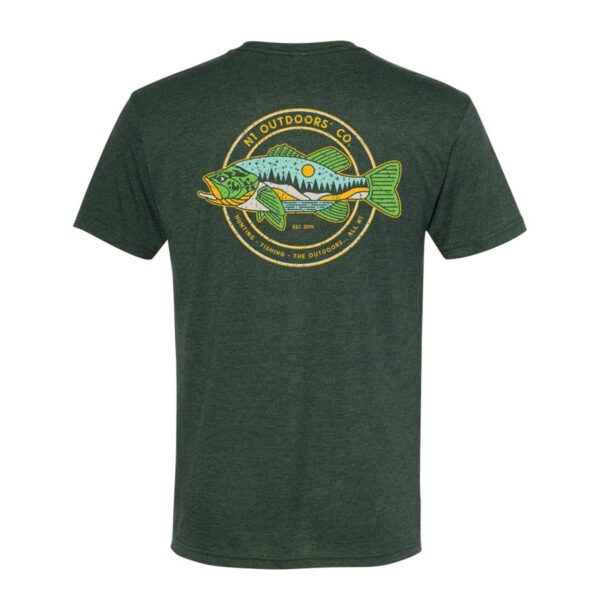
N1 Outdoors® Fishscape™ Outdoor Tee
Price range: $28.99 through $32.99 Select options This product has multiple variants. The options may be chosen on the product page -

N1 Outdoors® Est. 2014 TriBlock Bottomland Camo Performance UPF 50+ Shirt
Price range: $37.99 through $39.99 Select options This product has multiple variants. The options may be chosen on the product page -
Sale!

Put A Hook N1™ Hydroglyphic™ Bass Fishing Tshirt
$5.00 Select options This product has multiple variants. The options may be chosen on the product page
Black Crappie
Black crappie (Pomoxis nigromaculatus) are found in fresh waters, mostly in North America. They are typically found in bodies of water with very low current, where they hide under timber, thick weeds and other vegetation.
When fully grown, it’s not uncommon for black crappie reach weights of two pounds.
Here are some other interesting black crappies specs:
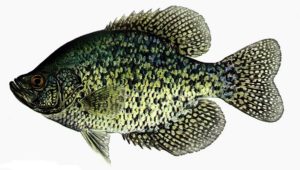
Black crappie have a distinguishing darker pattern than white crappie.
Black Crappie Size
Black crappies that are caught will typically measure in length from 4 to 10 inches, but can get much larger. The current record for the longest black crappie is just over 19 inches. an be anywhere from about five inches to over 19 inches.
Weight
Black crappies typically weigh ¼ lb to about ½ lb but they are also known to reach up to 4 lbs.
Food
Black crappies are known to feed in the early hours of the morning. They also feed during the midnight till about 2 am. They often feed on insects and crustaceans and larger black crappie will feed on other fish such as minnows and shad.
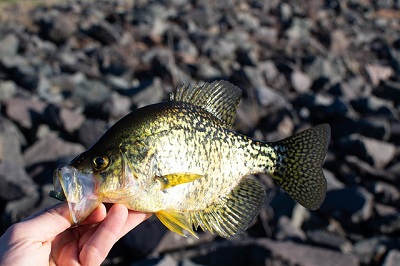
Black crappies can be found in lakes, water reservoirs, and large rivers. They prefer low-velocity areas as well as sandy bottoms with clean water with abundant cover.
Reproduction
Black crappies are renowned for their fast reproduction rates. Therefore, after each spawning season, black crappie population increases significantly in lakes and small ponds.
Female black crappie are known to produce at least 11,000 eggs and can produce in excess of 180,000 eggs. As soon is spawning is over, the male black crappies secure the nest for about two to three days until they hatch.
Habitat
Black crappies live in lakes, water reservoirs, and large rivers. They love to reside in low-velocity areas with clean water and love to have an abundant cover like vegetation. They also love sand bottoms which are located in freshwater bodies.
Life Expectancy
Black crappie mature at an age of two to four years, but the typical life span lasts about seven years.
-
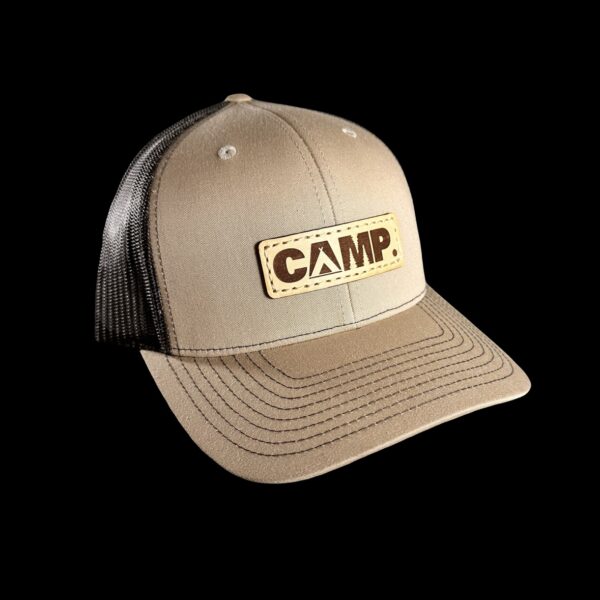
N1 Outdoors® CAMP. Leather Patch Trucker Hat
$29.99 Select options This product has multiple variants. The options may be chosen on the product page -
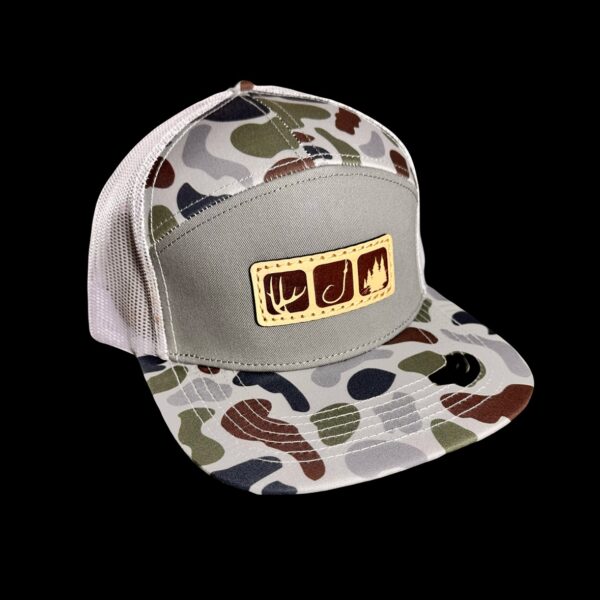
N1 Outdoors® Flagship TriBlock Brackish Camo Leather Patch 7-Panel Hat
$29.99 Select options This product has multiple variants. The options may be chosen on the product page -

N1 Outdoors® “Bowhunt” Leather Patch Hat (Realtree Timber/Black)
$29.99 Select options This product has multiple variants. The options may be chosen on the product page
White Crappie
Like the black crappie, white crappie (pomoxis annularis) are typically found in various freshwater bodies in North America. White crappie are also similar to the black crappie in terms of weight but tend to be slightly longer than black crappie. White crappie tend to be found in large schools and often hide under rocks or in areas of heavy vegetation.
White crappies are known to attain maturity within 24 months and some reports reveal that they can survive for about six years on the average.
Below are some white crappie specs that might interest you:
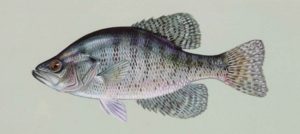
White crappie have a lighter color than the black crappie.
White Crappie Size
Mature white crappies typically measure in length from 9 to 15 inches.
Weight
White crappies basically weigh ¼ lb to about ½ lb, however, according to the IGFA, the all-tackle world record white crappie is 5 lbs. 3 oz.
Food
Juvenile white crappie feed on zooplankton and insects, but once they mature, will often feed on smaller fish, such as minnows, as well as crayfish.
Reproduction
Spawning for white crappies occurs in the months of May and June at a water temperature of 56°F. Female white crappies can produce from around 5,000 eggs to over 90,000. Male crappies keep the nest secure by guarding it.
Life expectancy
White crappie can live for up to nine years.
Habitat
You will mostly find white crappies in large rivers, water reservoirs, and lakes. White crappies have a very high tolerance for murky waters and can be spotted in areas which have low velocity like pools and also river backwaters. During the morning hours and in the evenings, white crappies are usually located in the open water. However, during the day, white crappies prefer to stay in waters that are quieter, shallower, with surrounding structure.
Black Crappie Vs. White Crappie (The Differences)
Now that we’ve covered some basics about both black and white crappie, let’s look at some ways that they differ.
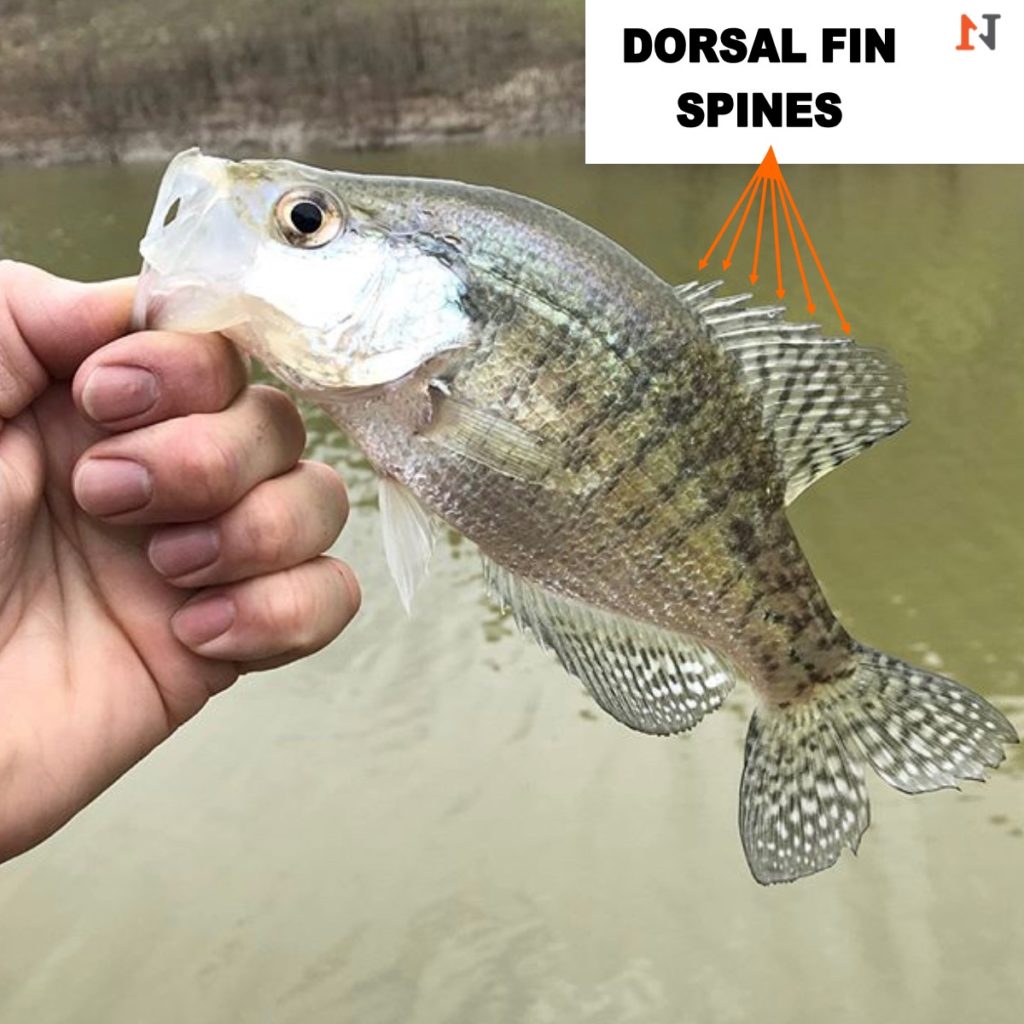
One way you can tell the difference between white and black crappie: White crappie have 5-6 spines on the dorsal fin, whereas black crappie have 7-8.
Coloration:
Coloration is the most obvious difference between black and white crappie. Black crappie have a darker look while the white crappie appear lighter in color and this is the reason why they have those names.
However, while many think that the “white” and “black” refer only to their appearance, it more specifically refers to the markings of each fish.
Body Markings Of White Crappie And Black Crappie
The body markings on white crappie and black crappie differ. White crappie have vertical “bars” and have brighter stripes running directly from their upper body down to their lower body. However, black crappie have much darker body markings that do not adopt a precise pattern on its sides.
The black crappie’s black markings appear to be more random, or speckled.
Length and Shape
What seems like a difference in length between black and white crappie is often more about shape. Black crappie typically have a more compact, rounder and flatter body while white crappie are more elongated.
Dorsal Fins
The dorsal fins are a major determining factor. If you look closely, a white crappie typically have 5-6 spines on their dorsal fin, while a black crappie will have 7-8.
Fin Position
The position of the dorsal fins from the head of white crappies is somewhat farther away, while in the black crappies, the dorsal fins are positioned nearer to the head of the fish.
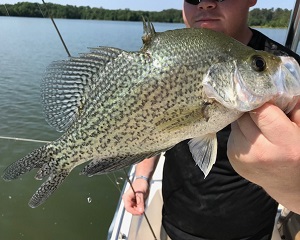
Crappie themselves are predators, but they are also preyed upon. This picture shows a black crappie with what was probably an attempt by a blue heron or eagle to snatch it out of the water.
Habitat Preferences Of Crappie
Many experienced crappie anglers will say that there is a higher possibility of finding white crappies hidden in bodies of water that contain a large number of rocks or thick vegetation, while black crappies seem to prefer clearer water containing sand beds.
Mouth Structure
White crappie have a larger mouth than black crappie. Another difference in mouth structure is that the mouths of black crappie turn more upward than white crappie.
Final Thoughts On Differences Between White and Black Crappie
While any kind of crappie is both fun to catch and also delicious, we hope this article has provided you with some helpful information on how to tell the distinct difference between them.
Whether your crappie fishing adventures find you chasing white crappie or black crappie, we hope you get to put a hook N1 and have a “crappie” day!
Be sure to check out our N1 Outdoors® fishing and hunting apparel!

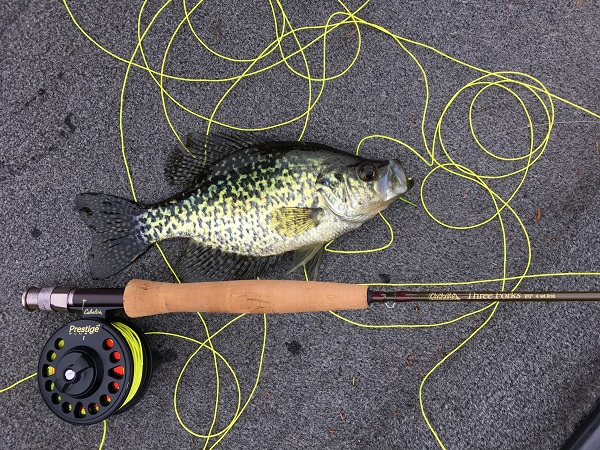

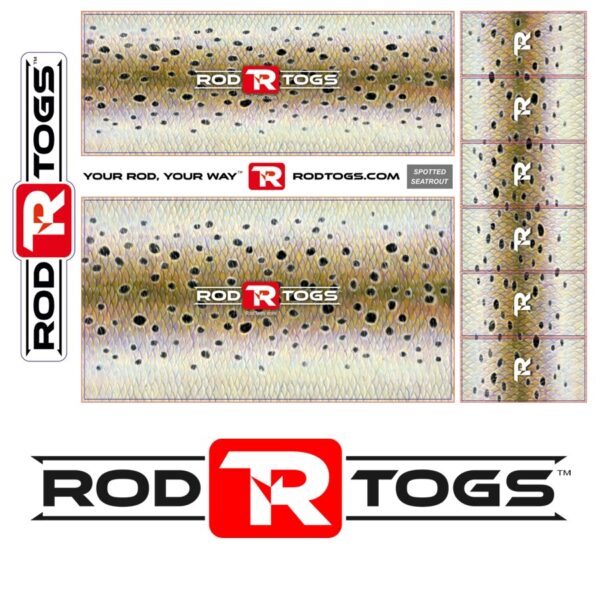

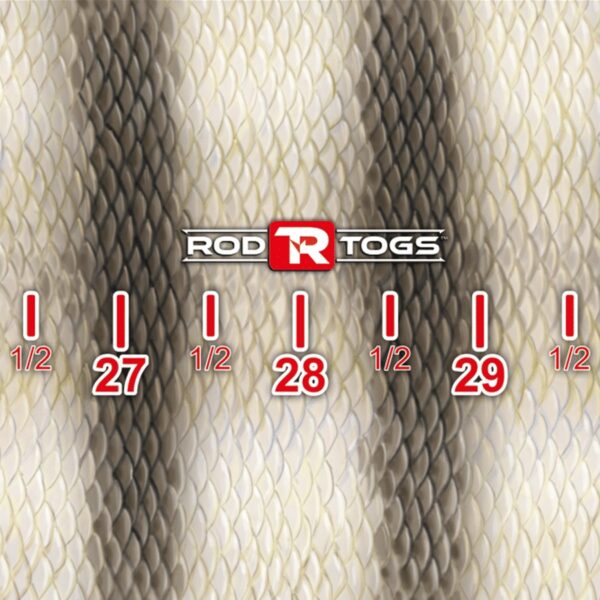


Good article
Thanks
Thanks for reading Sonny!